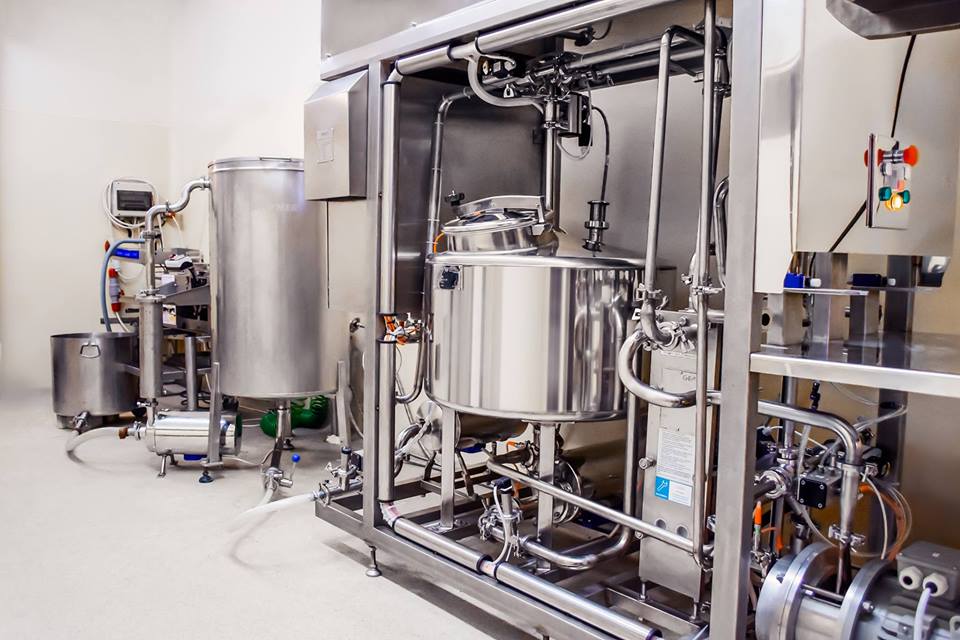

Optical Mark Reader (OMR)Īn OMR reads marks made by pencil on a printed form into the computer. The ink is magnetised, this makes it immune to creases and dirty marks. A particular font is used that makes it easy for the machine to discriminate between characters. Banks use MICR to read the numbers from the bottom of cheques to obtain data such as account numbers and bank sort codes. Magnetic ink characters appear at the bottom of cheques. Data stored on the strip is scanned and input into a computer system by a magnetic stripe reader. The magnetic strip on the back of the card can hold the personal details of the card owner and, with the necessary PIN, will allow access to secure information, eg bank account details. Magnetic stripes are built into many plastic cards such as debit or credit cards and personal identity cards. When using GFI Archiver with an Microsoft Office 365 mailbox, we recommend disabling automatic processing related to calendar items to ensure that the. The scanning process also assists in stock management, reducing the stock by one each time a product is scanned/sold. Disable automatic processes like inventory expiration, migration, reclamation, and identification of duplicate data and set up schedules so that you can.

This information later appears on your receipt. When read, information stored in the shop's database is recalled, such as the product name and price. Barcodes are printed on nearly every product you buy, each product has a unique code. Barcode readerīarcodes are represented by black vertical bars and are read by a barcode reader. The control program decides what to do next based on the data it's fed by the sensors. They collect data continuously and are typically linked to a control program that specifies acceptable levels, eg the minimum and maximum temperature in a greenhouse. 2 The company established a subsidiary in the United Kingdom in 1965. ADP went public in 1961 with 300 clients, 125 employees, and revenues of approximately 400,000 USD.

(ADP), and began using punched card machines, check printing machines, and mainframe computers. Sensors are often used as part of a feedback cycle. In 1961, the company changed its name to Automatic Data Processing, Inc.


 0 kommentar(er)
0 kommentar(er)
